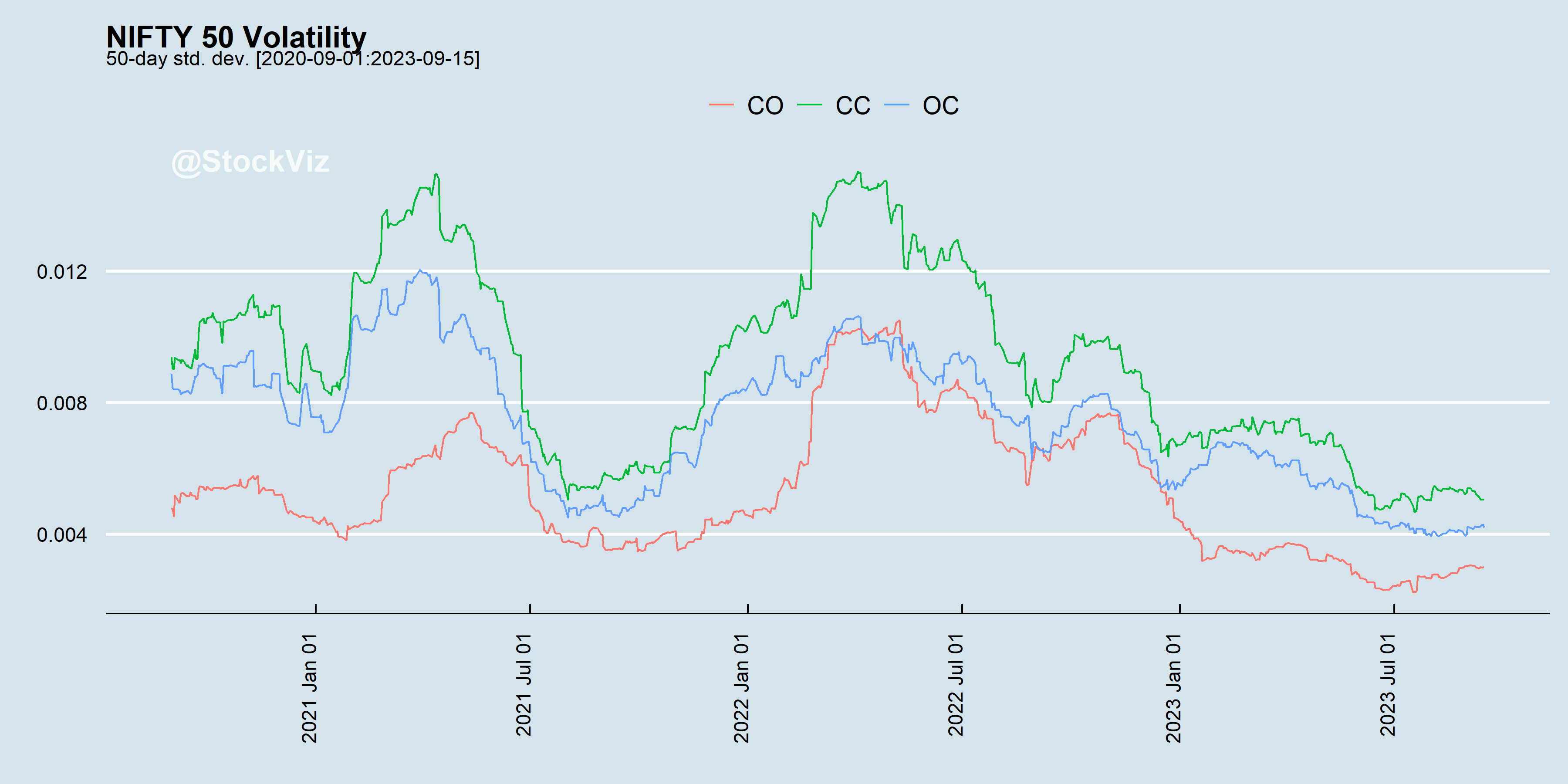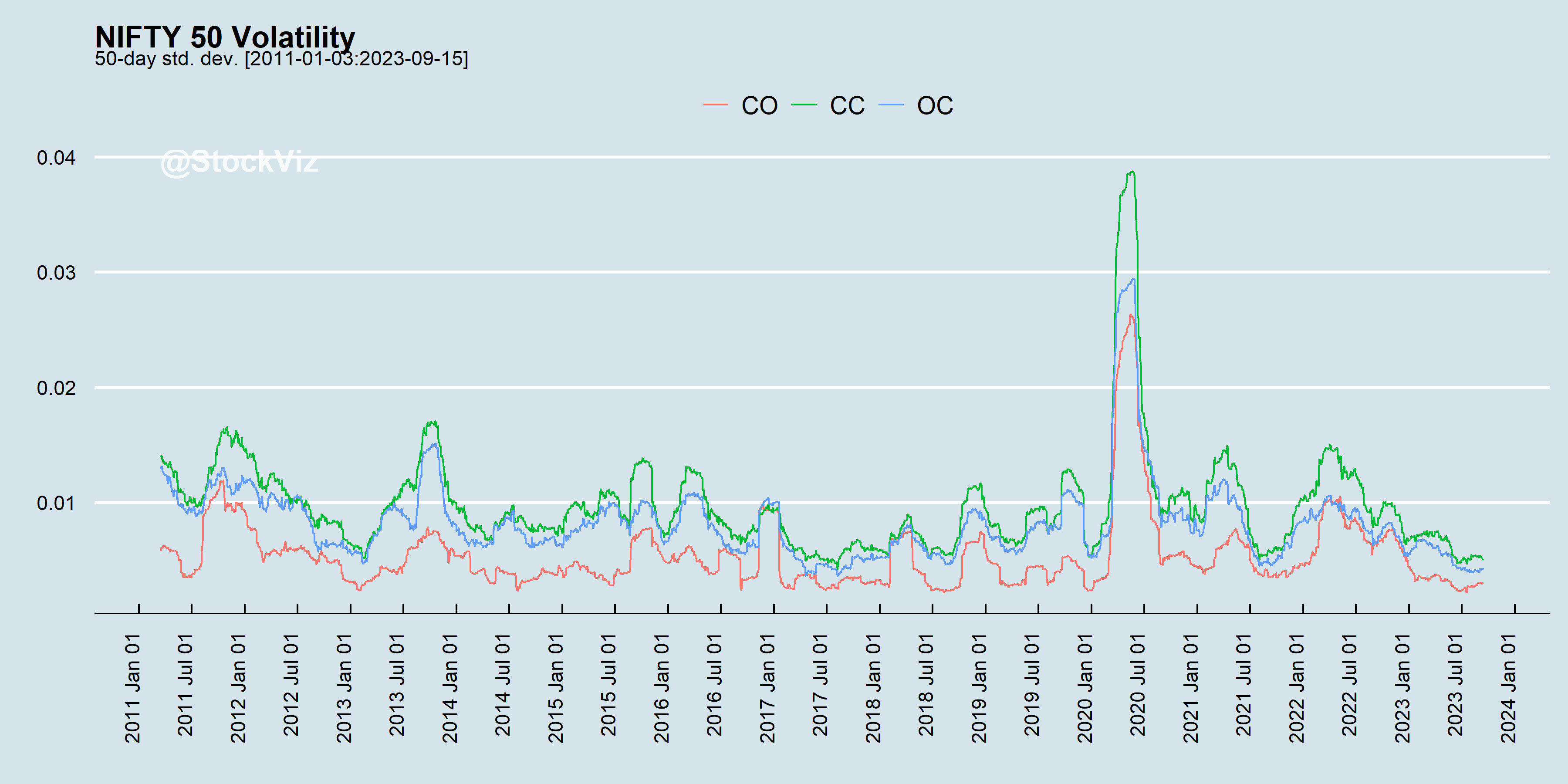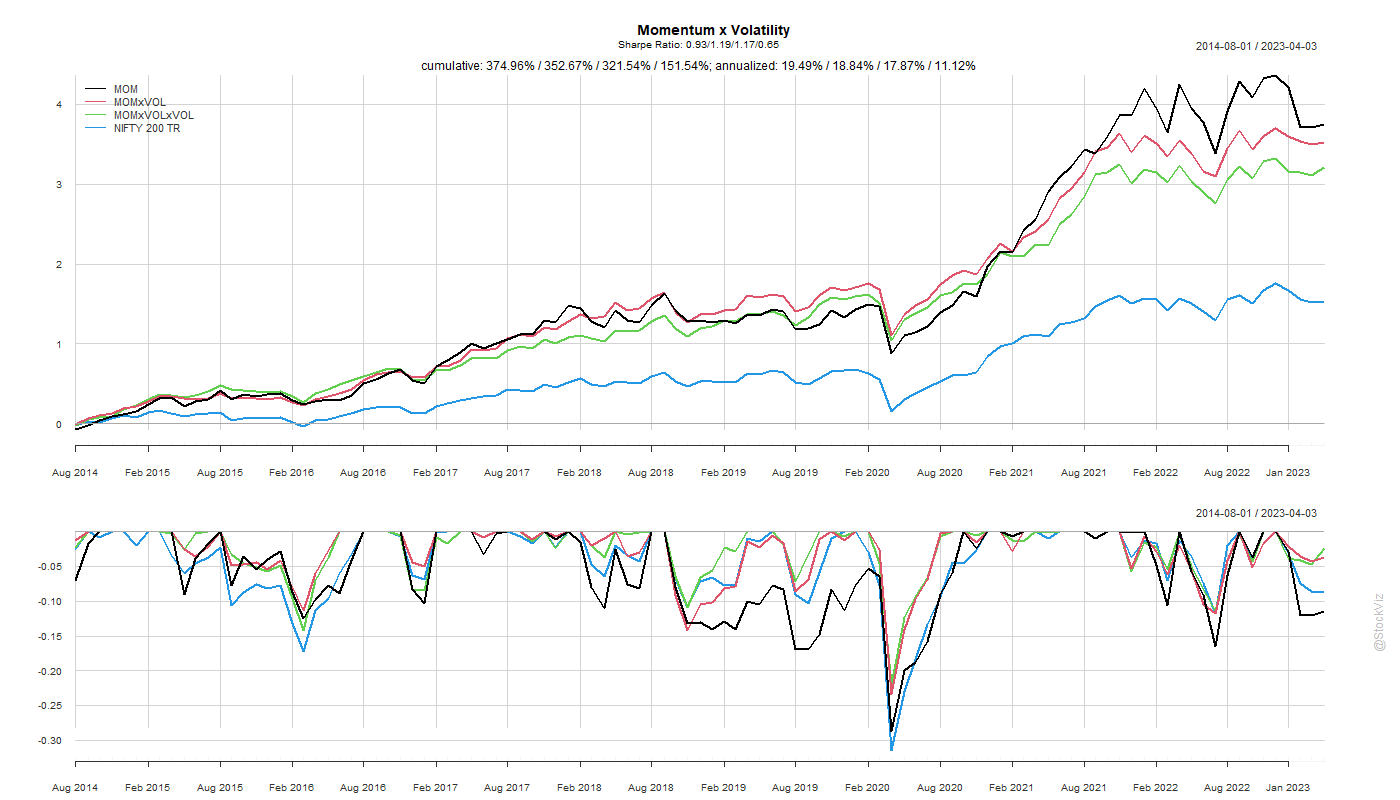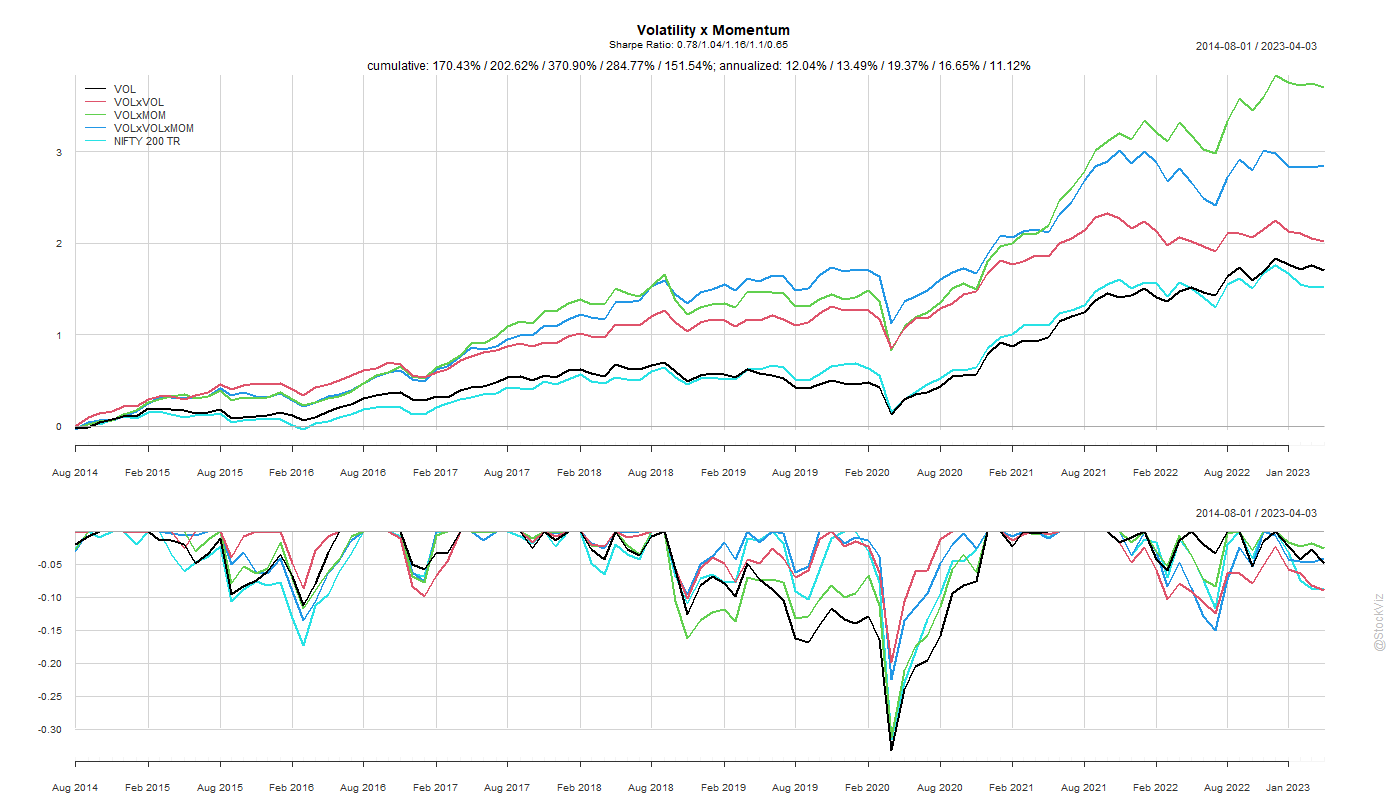Is India VIX seasonal? Yes.
There is a huge amount of dispersion in the daily data when grouped by months. Taking averages of these may not make much sense.

However, when you decompose the series, you get some interesting monthly seasonality.

Zooming into the “season_year” chart:

If you transform the seasonality component and plot it by month, you’ll notice why everybody gets nervous in May.

Code and charts on github.











